
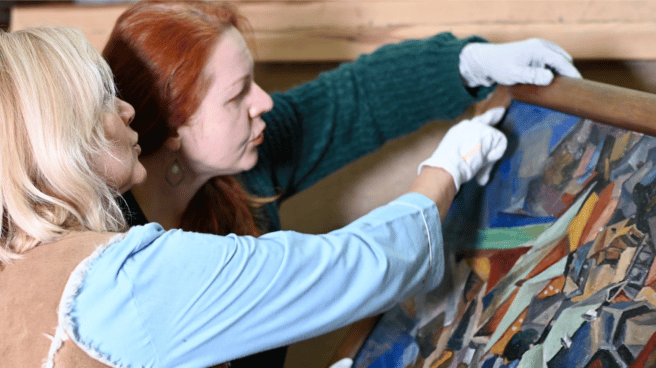
One of the restaurateurs in Kyiv.
“When the rocket fell in Poland, we were 50 kilometers from the border. At first, this meant a fundamental change in the war, so we feared for the convoys full of works of art. Then everything calmed down, but it took them 12 hours to cross the border due to the large number of people fleeing to a neighboring country, we woke up all the politicians we knew, ”says Francesca Thyssen-Bornemisza, a member of the museum’s board of trustees. who bears her last name and thinking head In the eyes of a hurricanean exhibition that opens its doors tomorrow and collects great works of art of the Ukrainian avant-garde.
Something similar to what Ukrainian Ambassador to Spain Serhiy Pohoreltsev says: “We had everything packed, everything was ready, and the manager called me to say that everything was ready, that they were tired and she was going to rest, but she couldn’t ‘t. A Russian rocket hit the building next to his house, and another one very close by. I’m telling you this so you know what it was like to be here and how we work.”
It’s been 90 years since the Holodomor, the genocide that claimed the lives of millions of people, cultural genocide doesn’t kill, it steals identity, and that’s why we worked so hard on this.”
And he added that for them this exhibition is fundamental. “It is very important to have this support because Russia has been trying to steal our identity for centuries by stealing the names of our artists. This is cultural genocide. It’s been 90 years since the Holodomor, the genocide that took the lives of millions of people, cultural genocide doesn’t kill, it steals identity, and that’s why we worked so hard on this. A work that has been embodied in an exhibition that brings together the great works of art of the Ukrainian avant-garde, a movement that for a long time, as recalled at a press conference, was presented as Russian. “This amount of Ukrainian art is being exhibited outside our borders for the first time and it is done under their real name, since these artists have long been known as Russians,” said Marina Dobrotyuk, chief curator of the National Museum of Ukraine. Ukrainian art. Such artists include, for example, Malevich, who was born in Kyiv, Alexandra Ekstrer or Sonia Delaunay.
And he added that “the Ukrainian avant-garde is so independent that in 1936 a secret special fund was created in the museum. The works of authors whom the Soviet authorities considered enemies of the people and called Category 0saying that they have no artistic value.
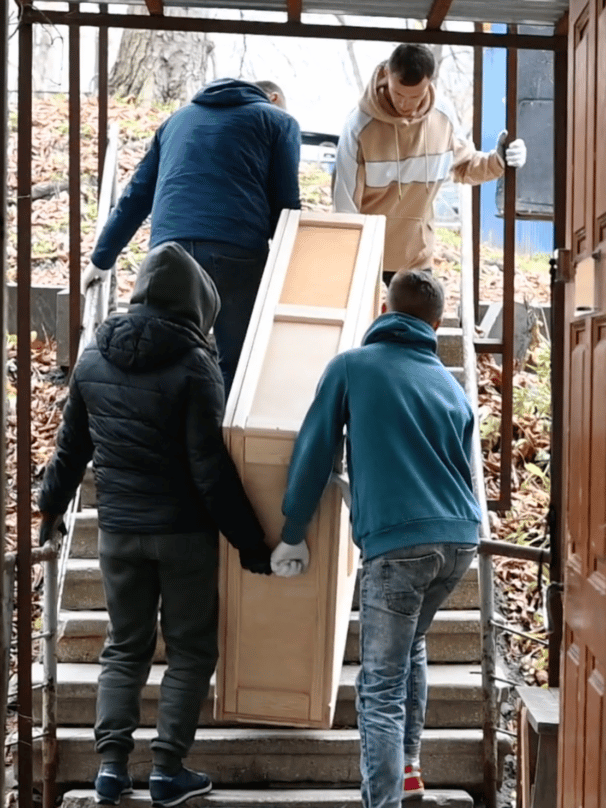
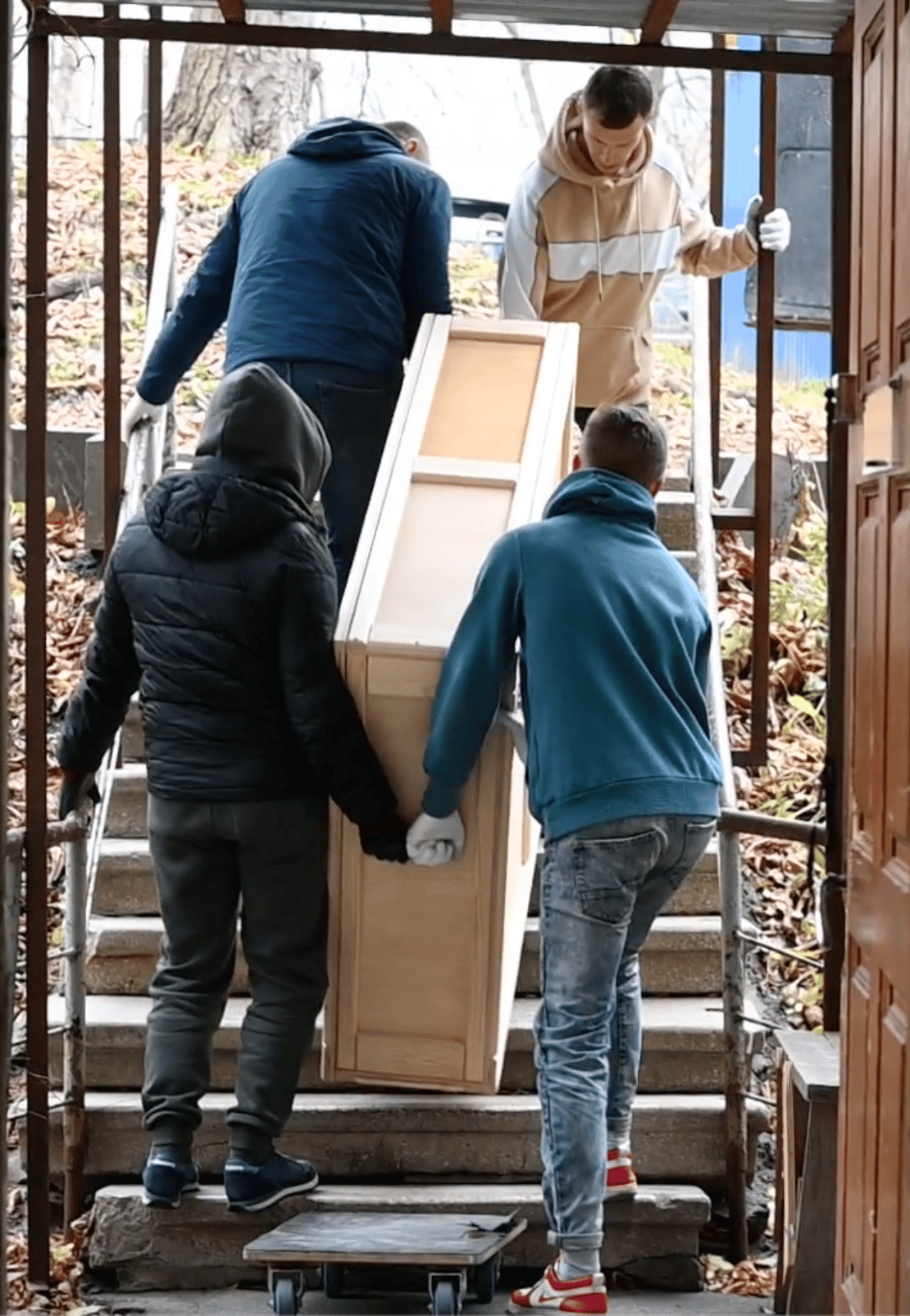
Carriers in Ukraine.
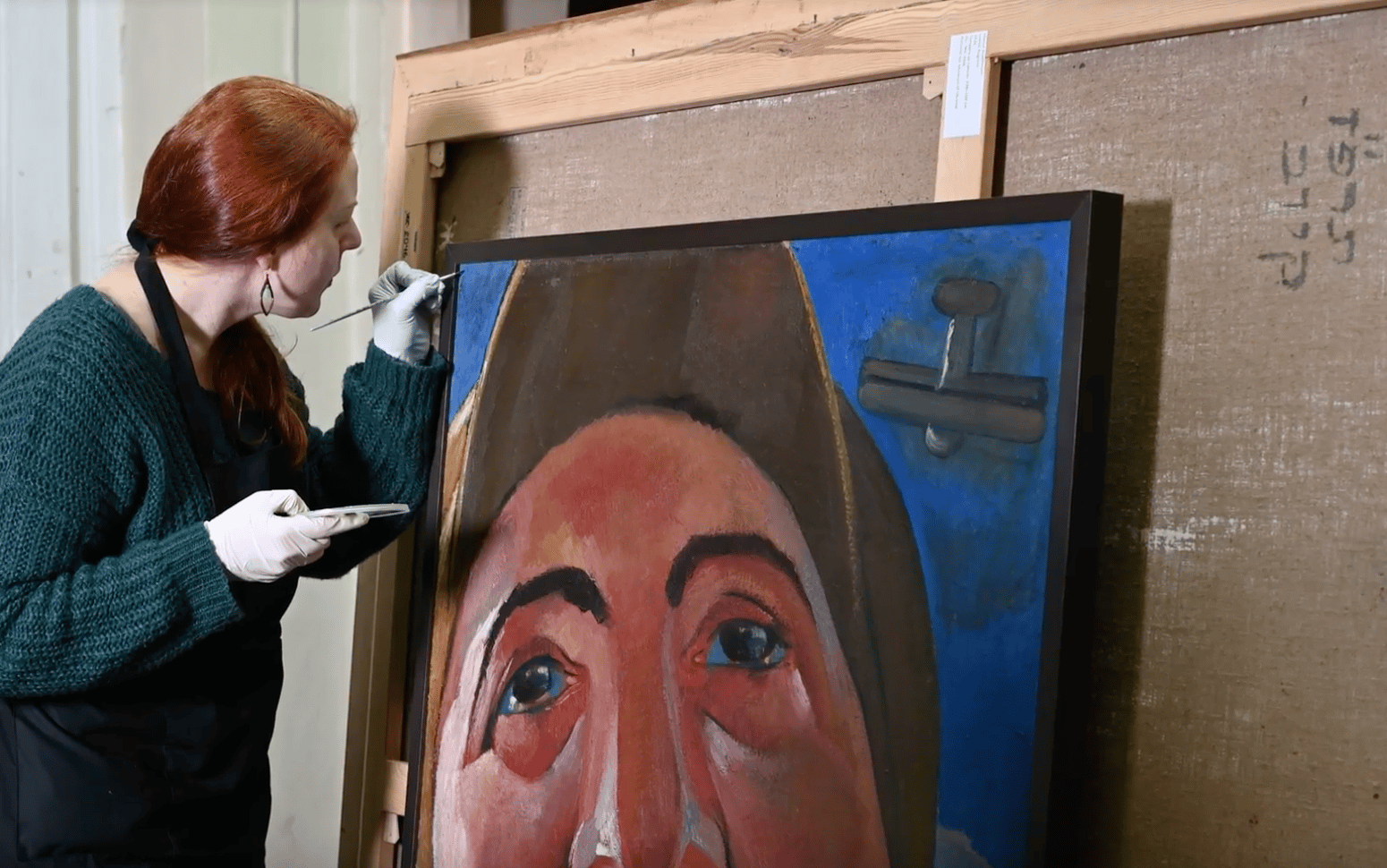
Restaurateur in Kyiv.
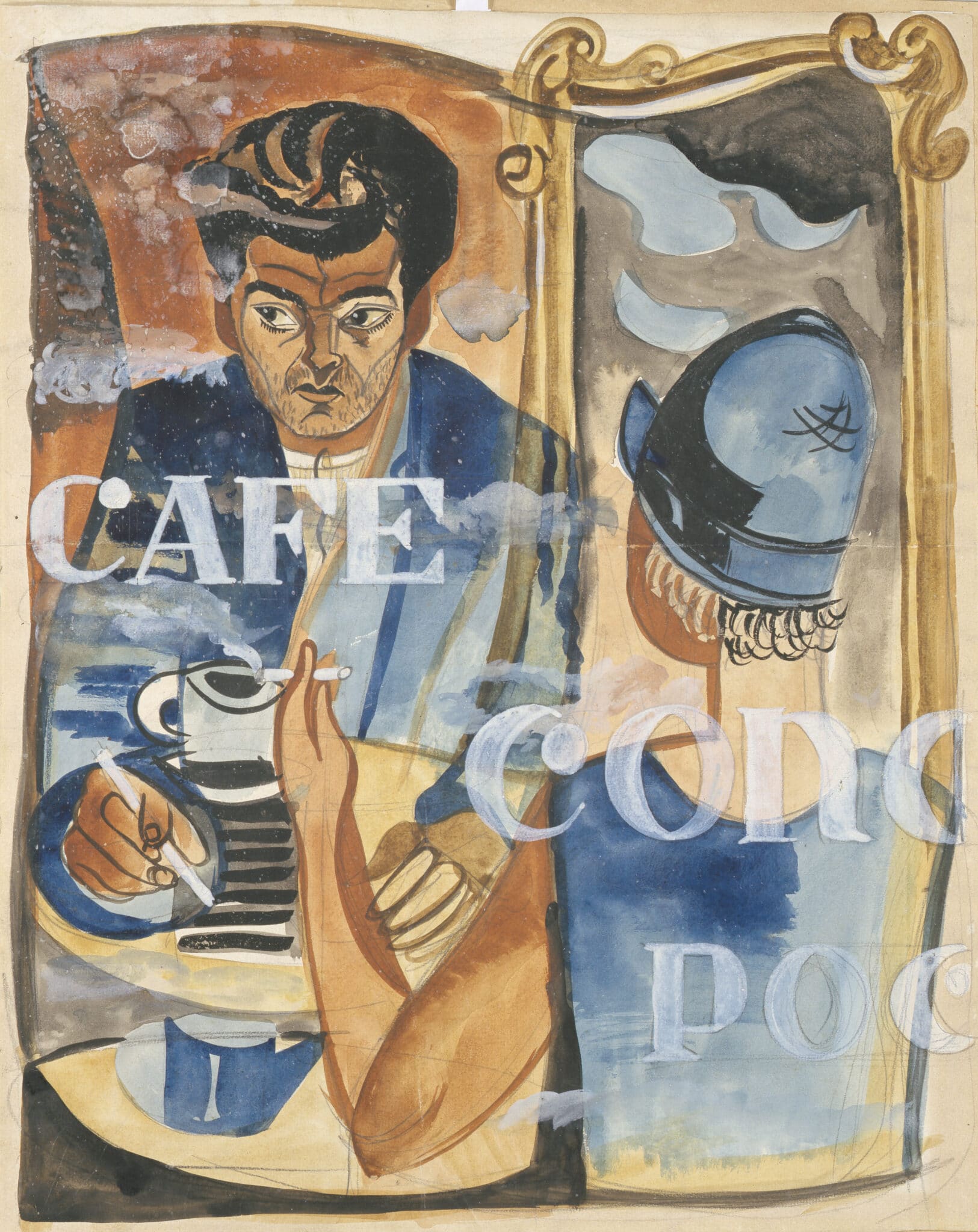
“Portrait of Mikhail Semenko” (1929) by Anatoly Petritsky.
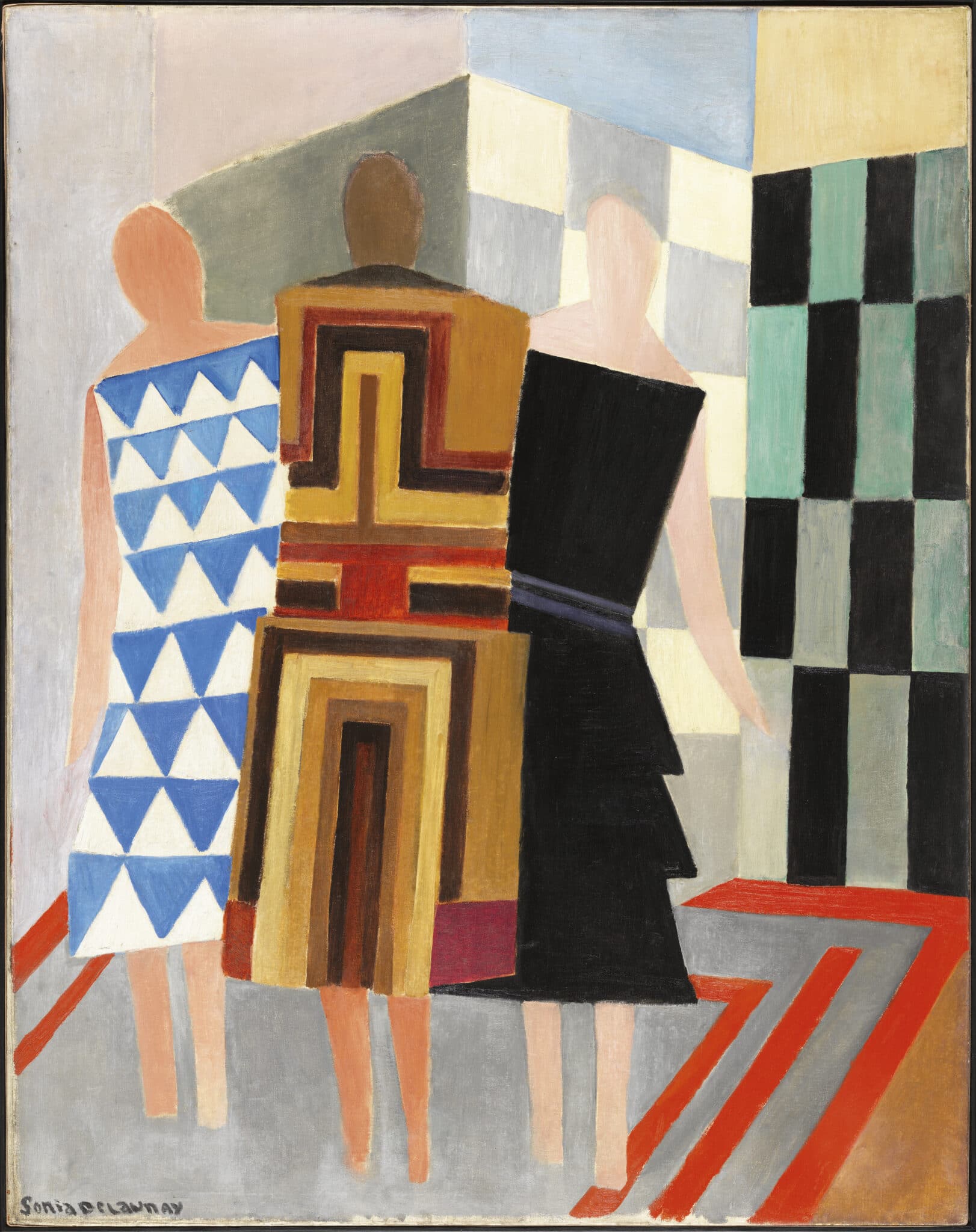
“Simultaneous Dresses” (1925), Sonia Delaunay.
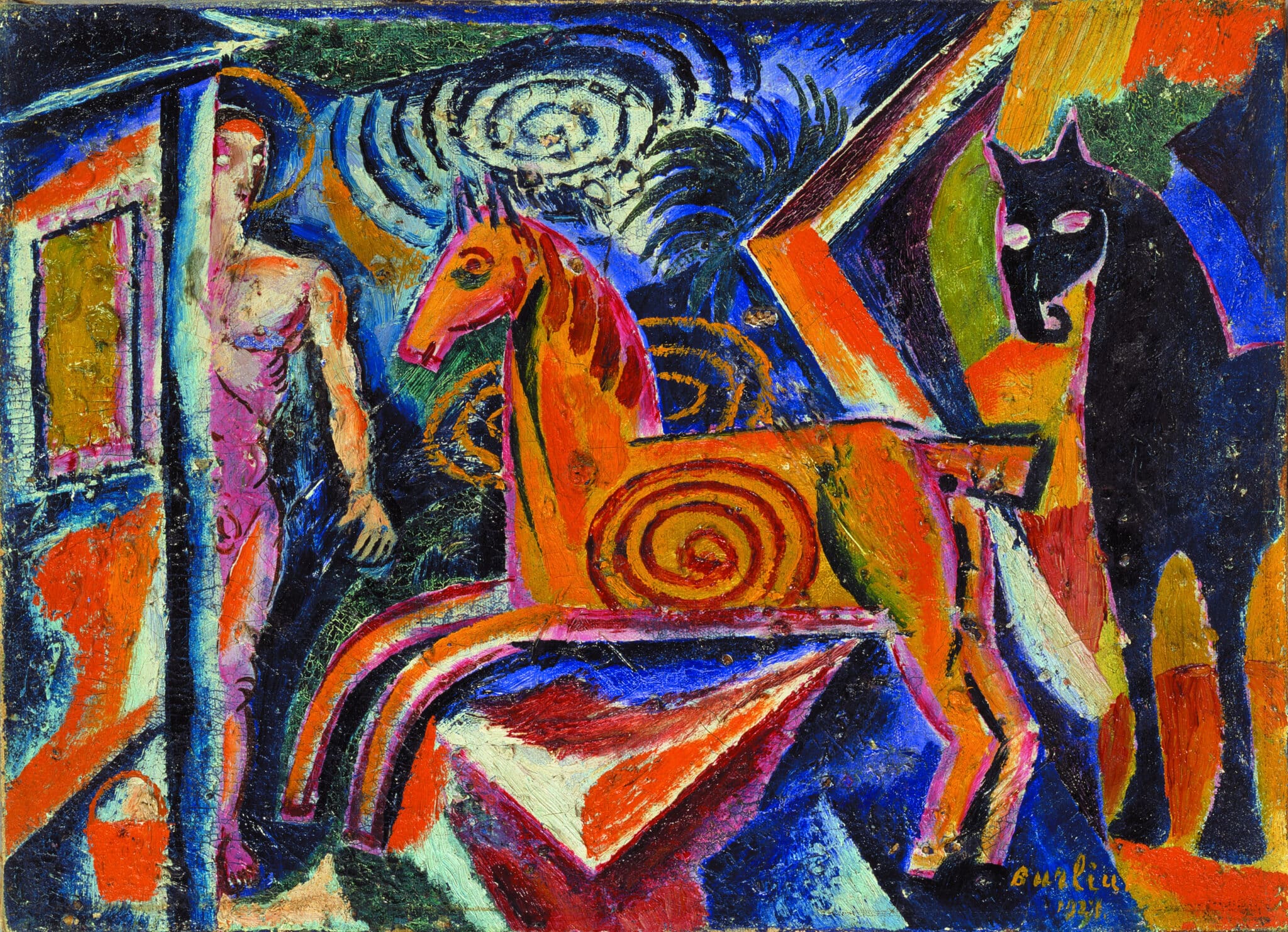
“Carousel” (1921), David Burliuk.
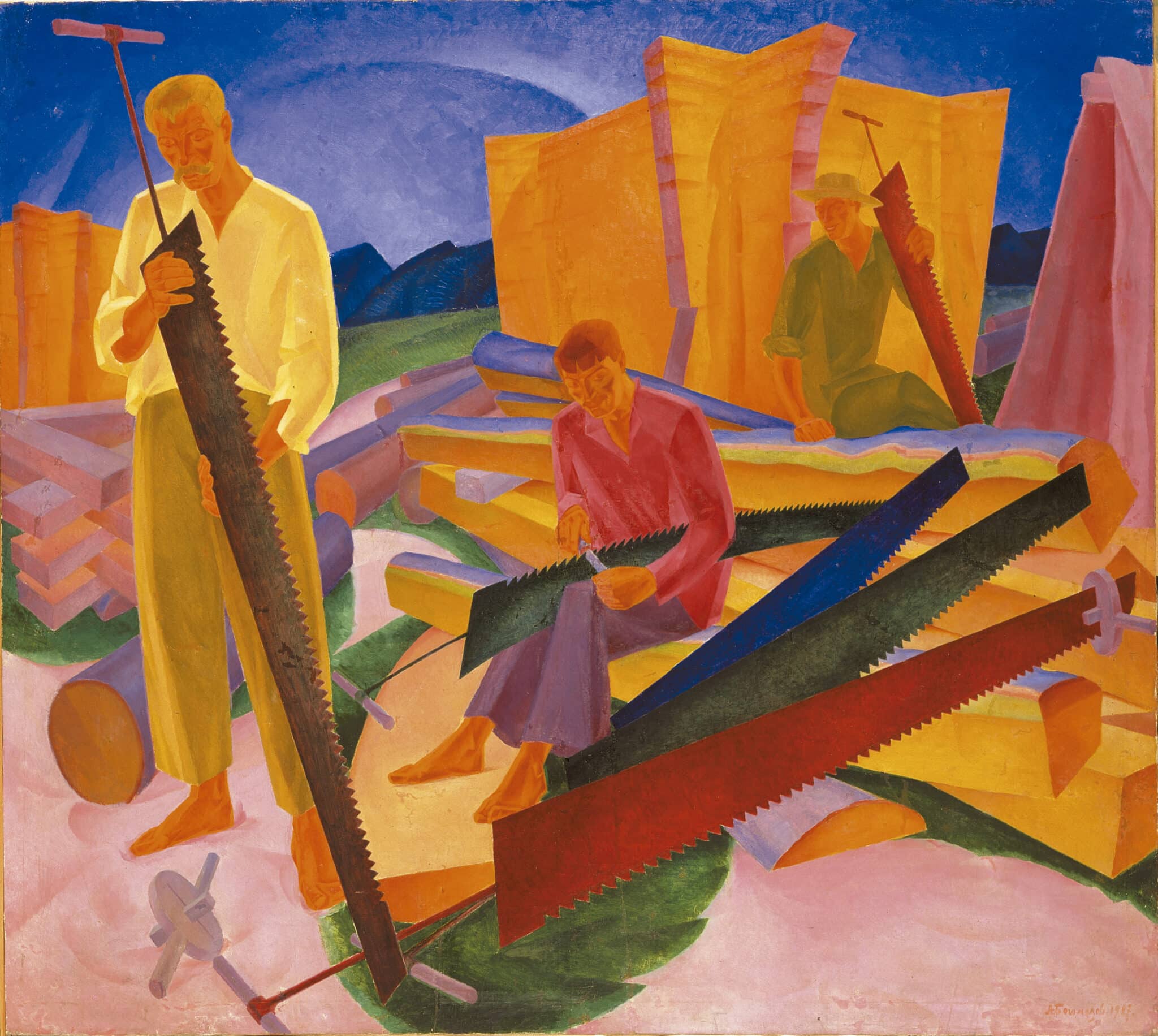
“Sharpening saws” (1927), Alexander Bogomazov.
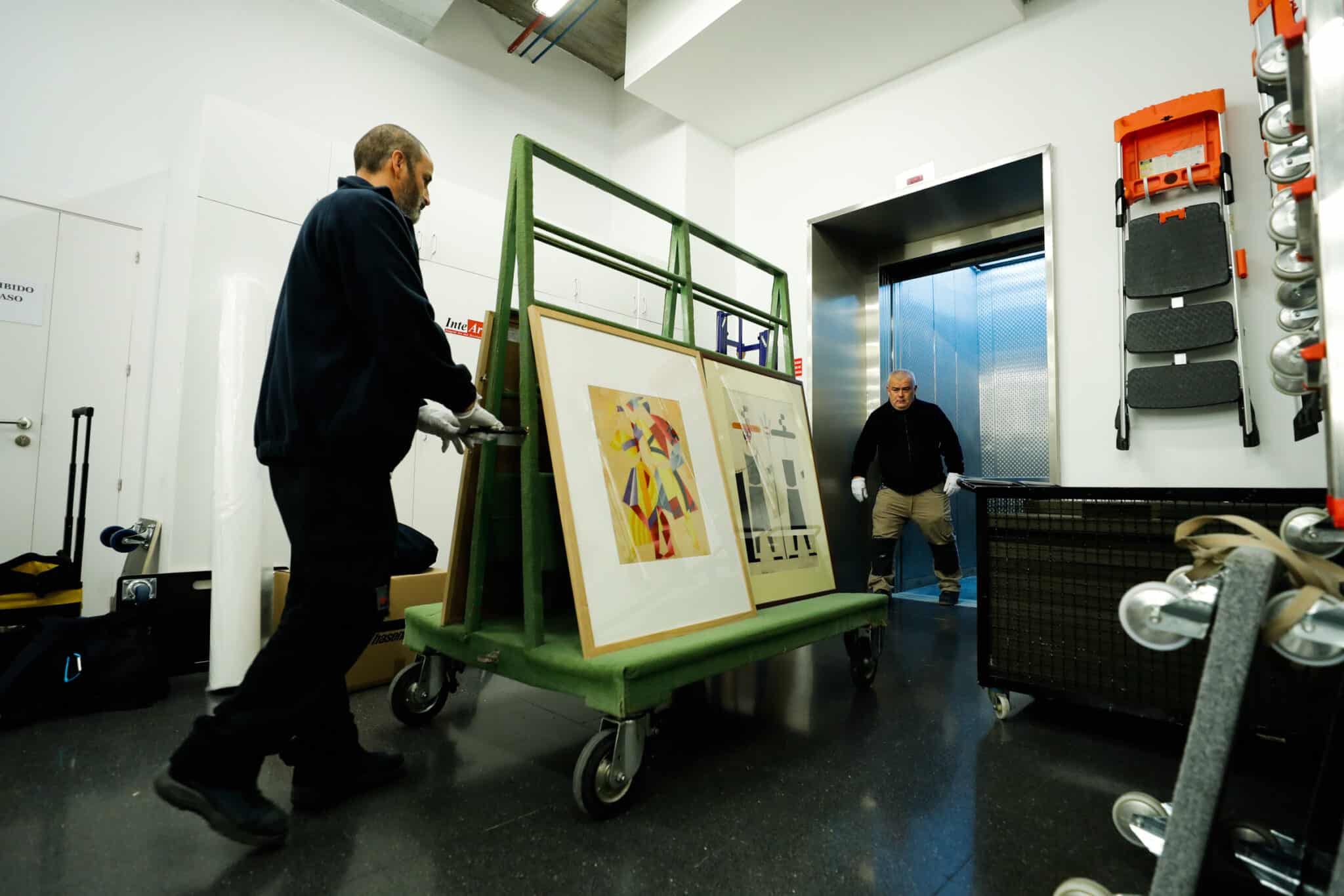
Unpacking works of Ukrainian art at the Thyssen-Bornemisza Museum.
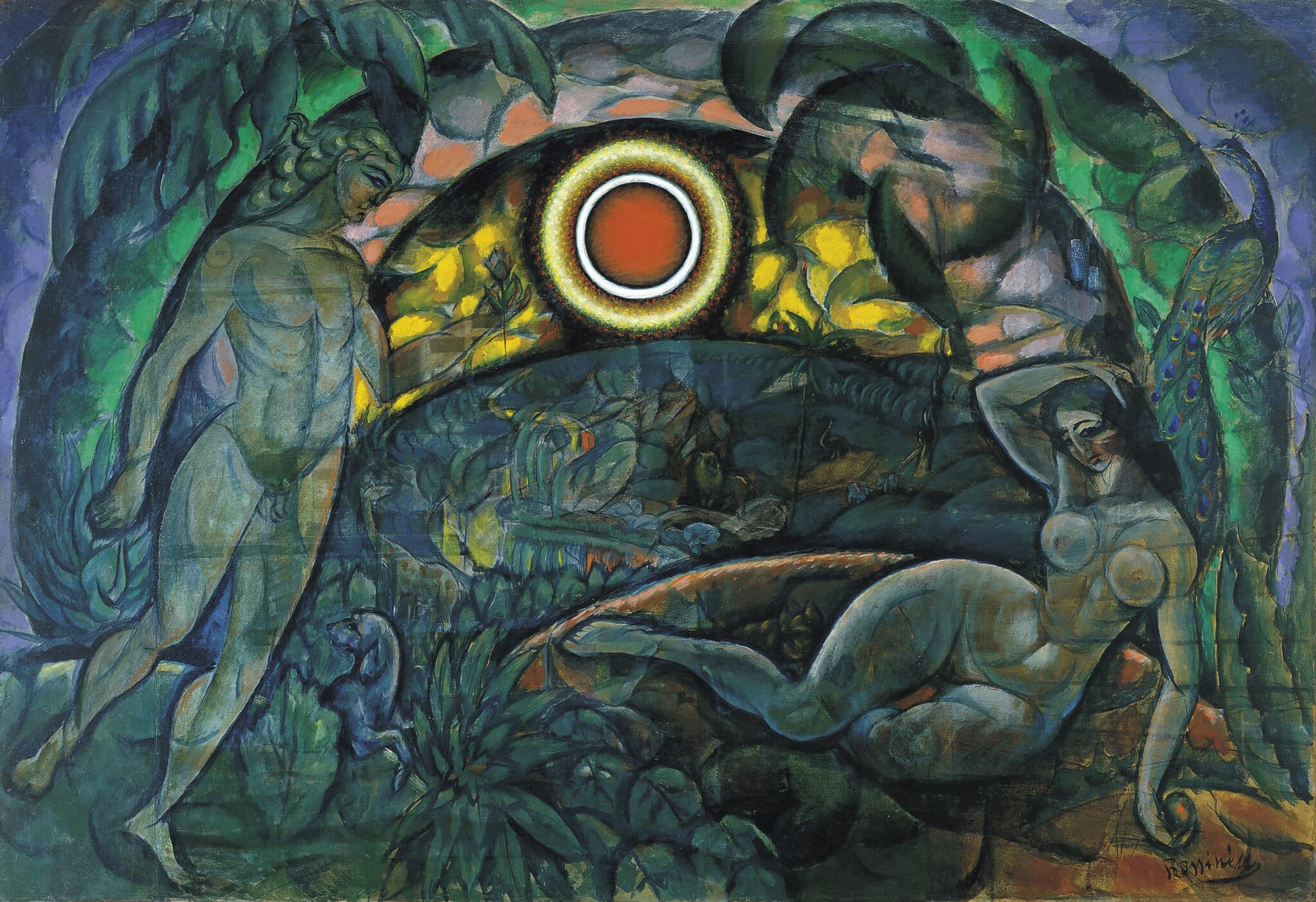
“Adam and Eve” (1912) by Vladimir Baranov-Rossine.
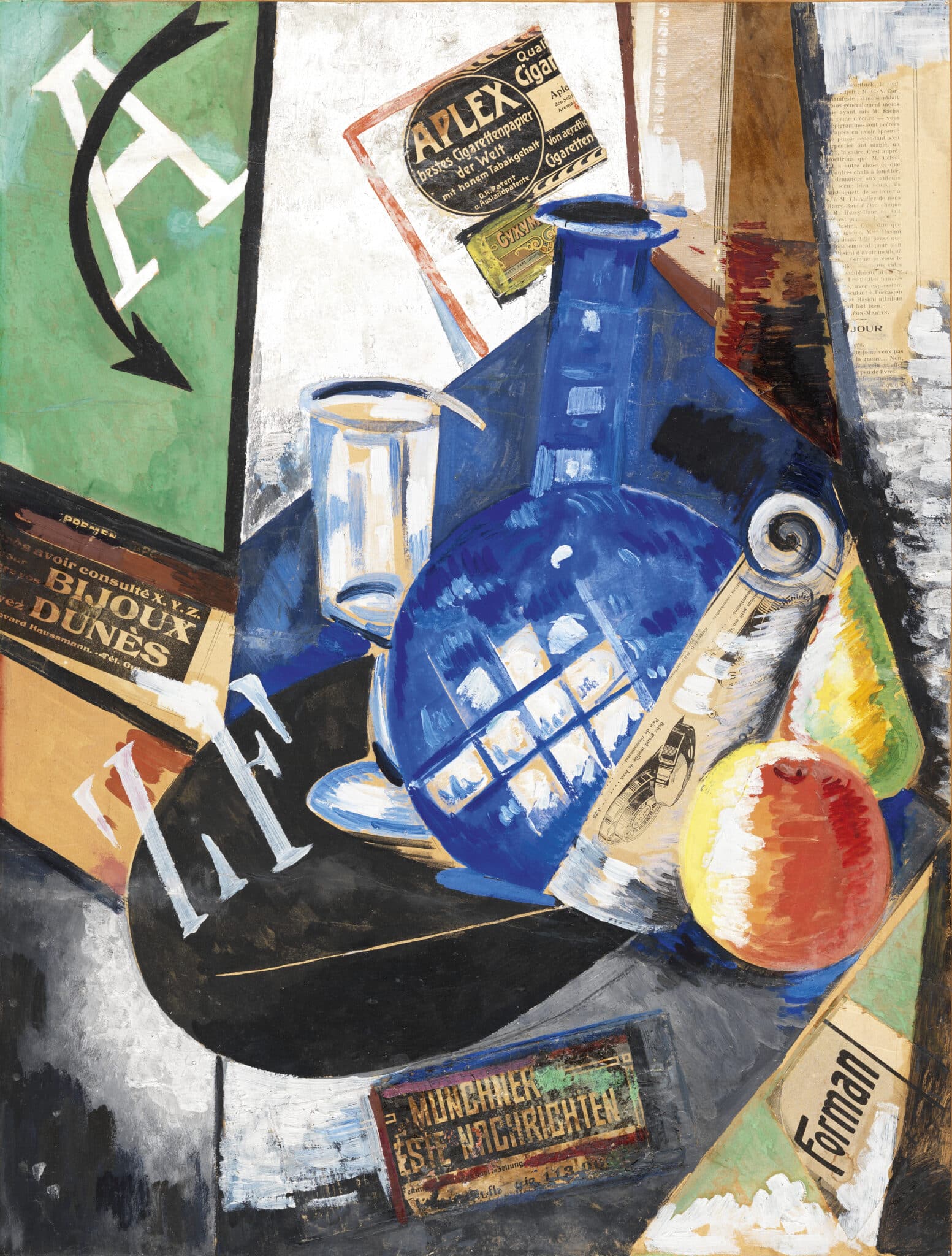
“Still Life” (1913) Alexandra Exter.
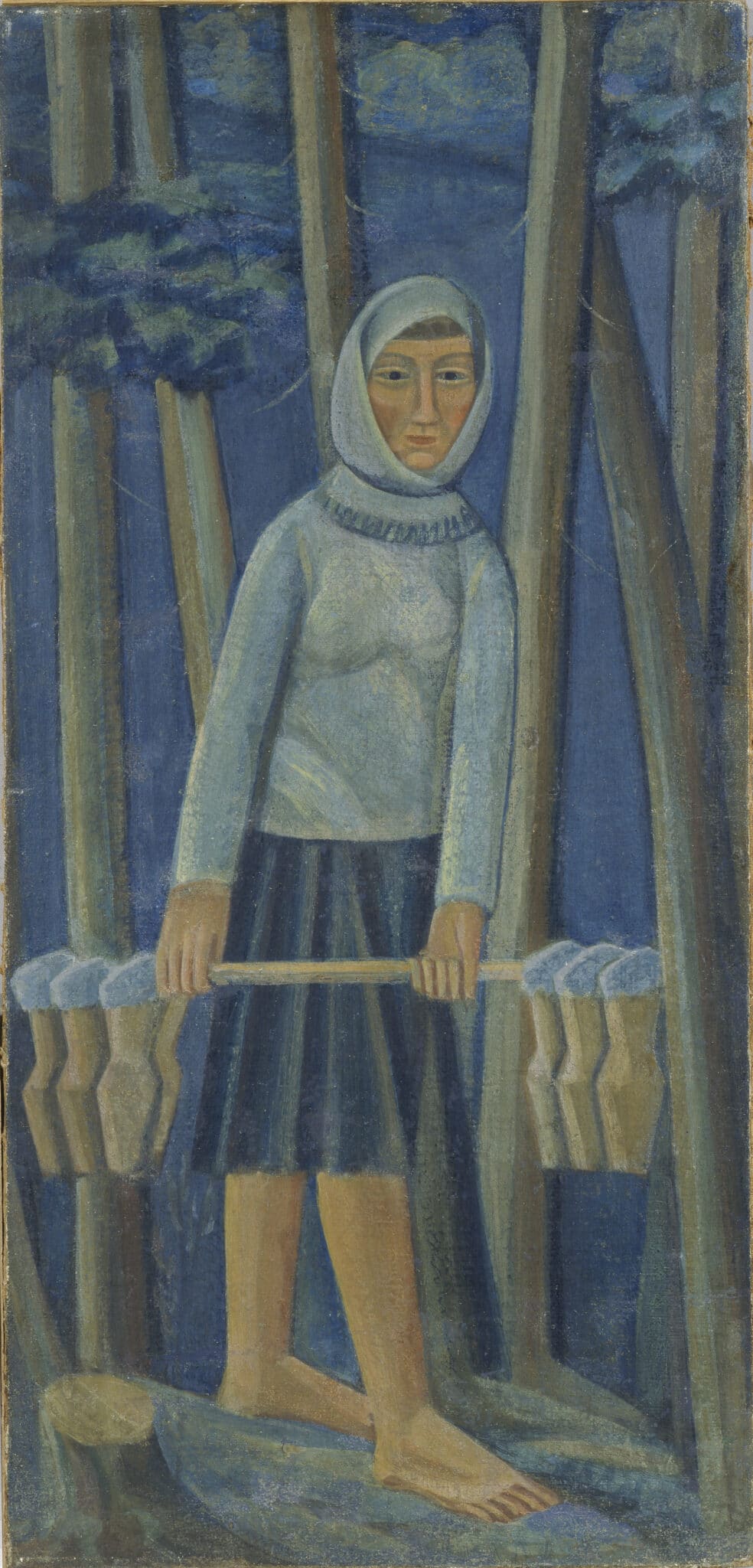
Milkmaid, Mikhail Boychuk.
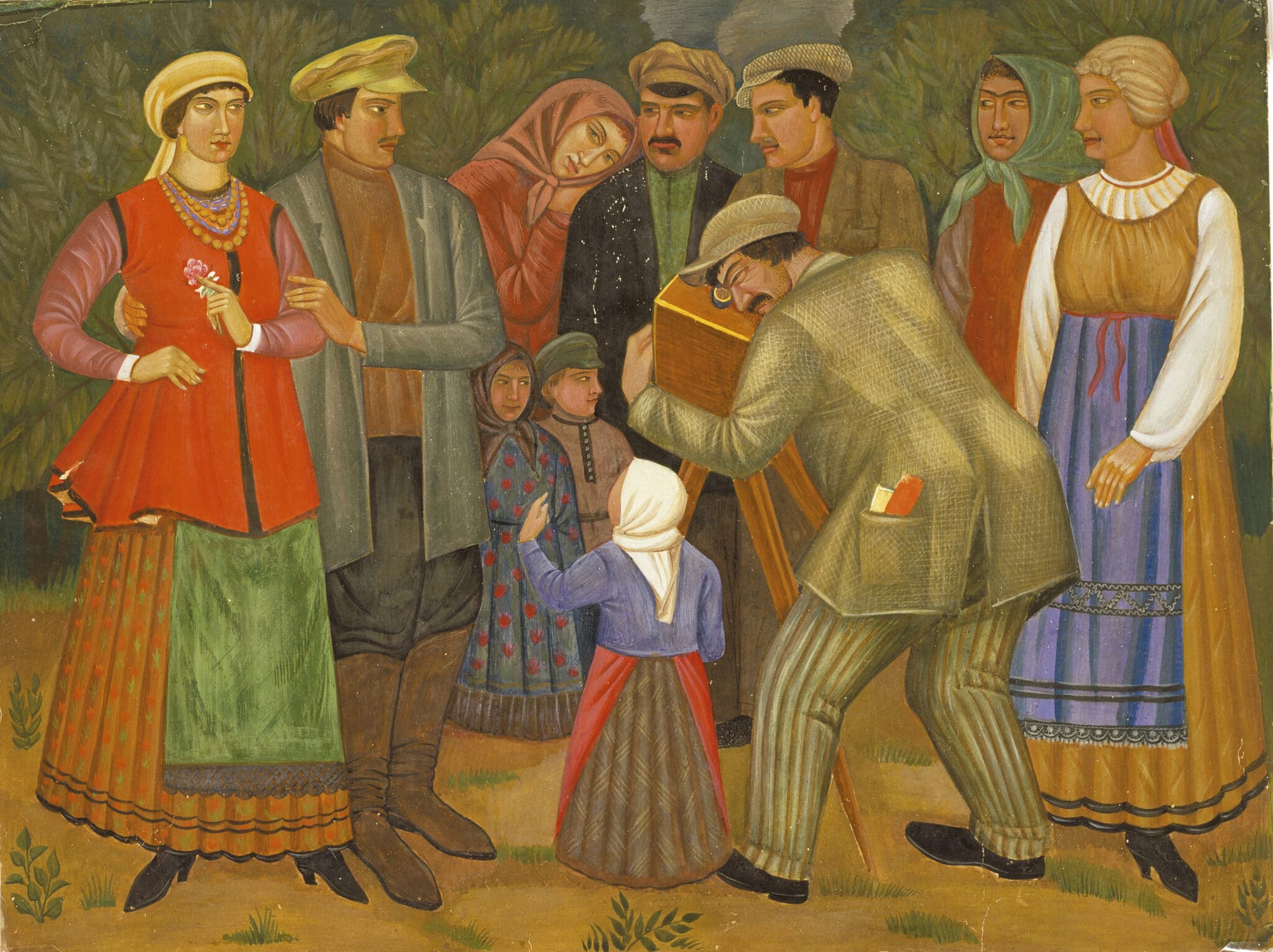
The Photographer (1927) by Ivan Padalka.
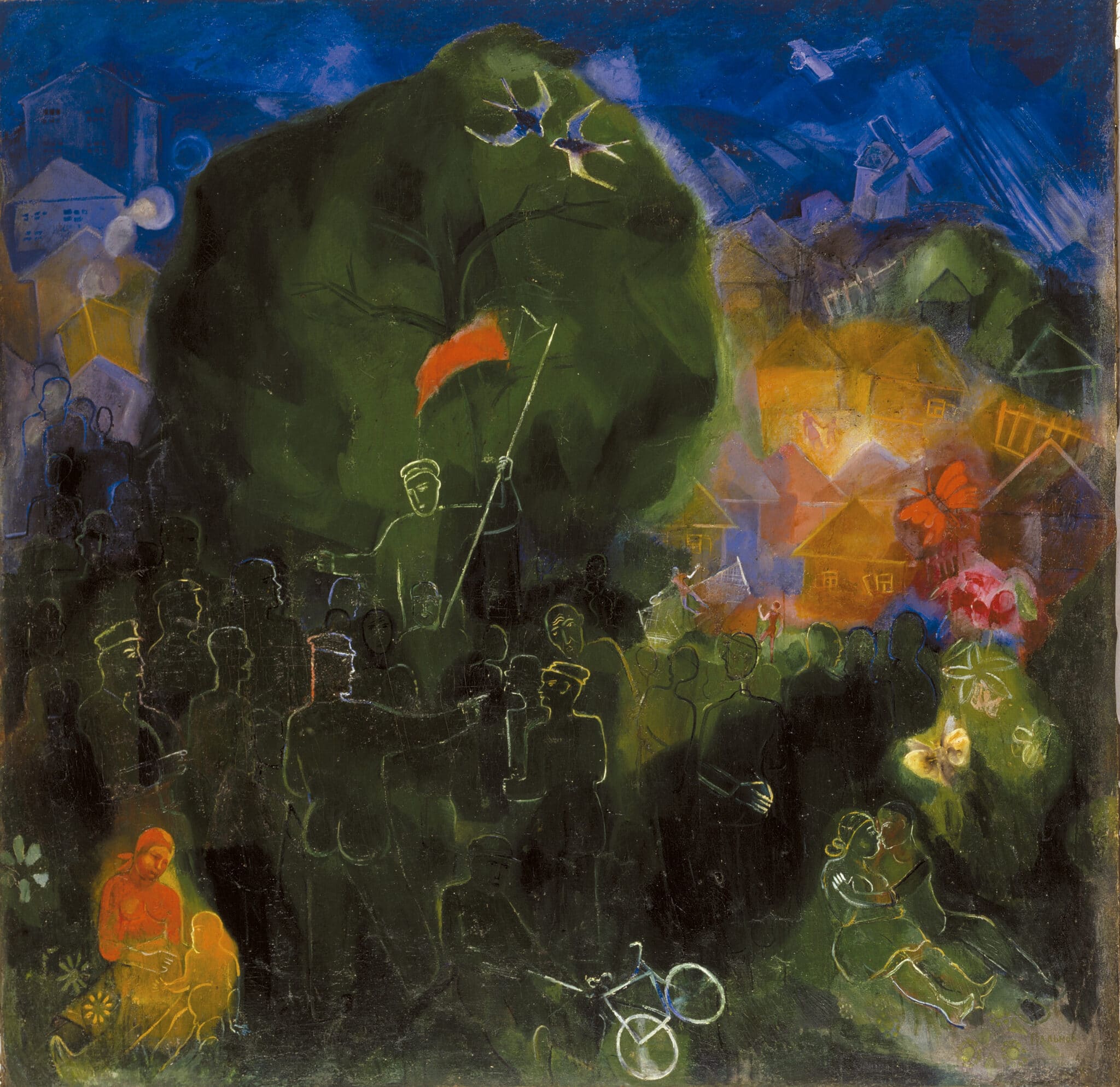
“May 1” (1929) by Viktor Palmov.
They are preserved there and in other museums and institutions, as stated by Katya Denisova, curator of this selection of 69 from the National Art Museum and the National Museum of Theater, Music and Cinema of Ukraine, thanks to these actions today in Thyssen it is the first 30 years of the 20th century. “We have three decades and historical changes are being reflected. About Ukraine, which became part of the Russian Empire, to which the USSR belongs, with its capital in Kharkov, which meant a cultural renaissance, which was later interrupted in the 1930s by the enforcement of a certain type of art and the elimination of any nationalism. .
Because in those 30 years Ukraine was a real artistic and military powder keg. “In 1908, six years before the outbreak of the First World War, the Lanka exhibition opened in Kyiv, the first exhibition of avant-garde art on the territory of Ukraine with Alexander Bogomasos, David and Vladimir Burliuk, Alexandra Ekster and Vladimir Baranov. -Rossine”, – explain from the institution, emphasizing the importance of the differential component between these Ukrainian artists and the rest of the Russian avant-garde artists.
These were young Ukrainians who combined elements of French cubism and Italian futurism, giving rise to an autochthonous version characterized by compositional dynamism and simplification of forms, known as cubo-futurism. “Here, in a peculiar way, Alexandra Exter stands out, who was several times in Paris in 1906 and who, on her return, brought these new trends with her, distributing them among local artists.”
Almost ten years later, in the same year that Tsar Nicholas II abdicates the throne after the February Revolution in Russia and when the Ukrainian People’s Republic proclaims its autonomy within the framework of the Federative Union with Russia, Mykhailo Boichuk opens a fresco, al-tempera and mosaic workshop, advocating art is perceived as a national artistic heritage. His students, i.e. boychukistsThey carried out many state orders under the auspices of the Soviet government, were engaged in the popularization of both the Ukrainian language and culture.
But their “joy” did not last long, as in the early 1930s the policy changed and nationalism in the Soviet Union became “Ukraine’s main problem”, so they were “branded as bourgeois nationalists”. What already happened in the early 20s with the members light culturean association that promoted the development of Yiddish culture and brought together young Jewish artists from many cities of Ukraine who “advocated the synthesis of the Jewish artistic tradition and the achievements of the European avant-garde” and that the repressions of the Soviet government, after the Ukrainian War of Independence (1918-1921), were lifted.
Then came the Holodomor, the great famine artificially created during Stalin’s collectivization campaign, and “in 1937, many of the Boychukites, including Boychuk, would be executed in Stalin’s purges and much of their art destroyed.” Some of the surviving paintings now hang in Thyssen, along with works by Exter, Jewish art, the countryside, and the Ukrainian people.
“Putin not only wants the territory of Ukraine, but also controls the narrative about this country. 90 years ago there was the Holodomor, Holodomor, genocide, now we are the same, and this includes the destruction of culture and museums, as Stalin did when he sent Ukrainian artists to the Gulag to die, destroyed frescoes and works of incalculable value”, Francesca Thyssen – Borneksmiza delivered the verdict before President Zelensky even appeared on the screen, assuring that the war can be won not only with weapons.
Source: El Independiente